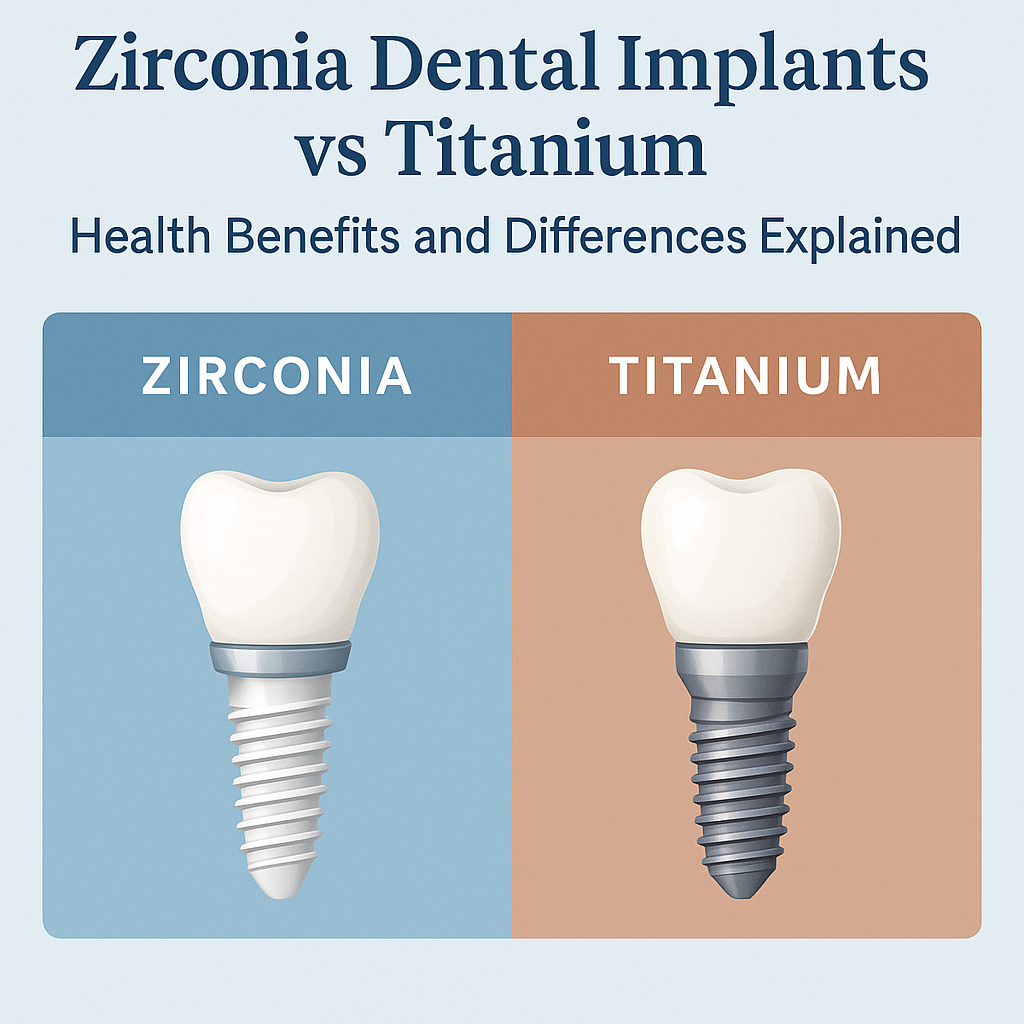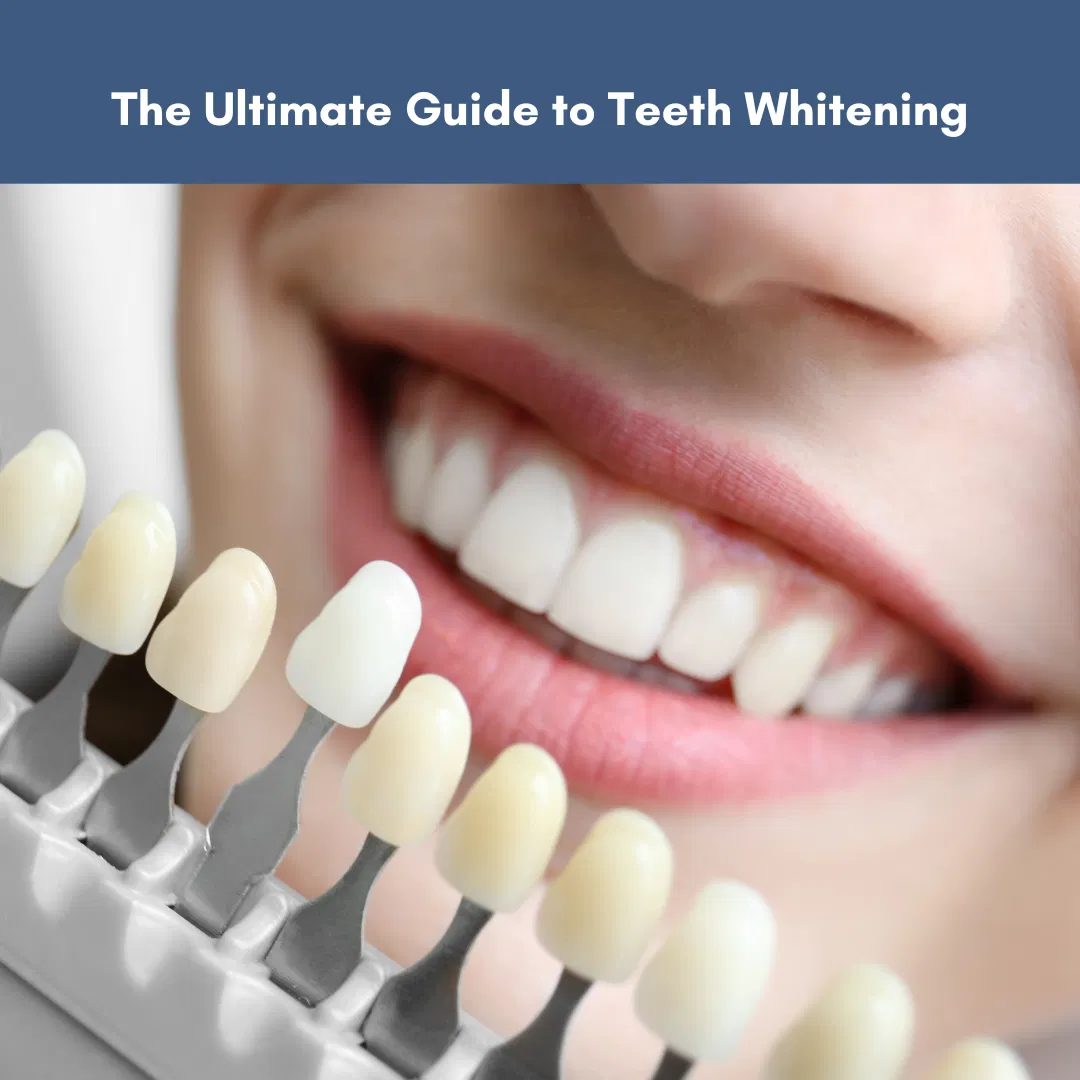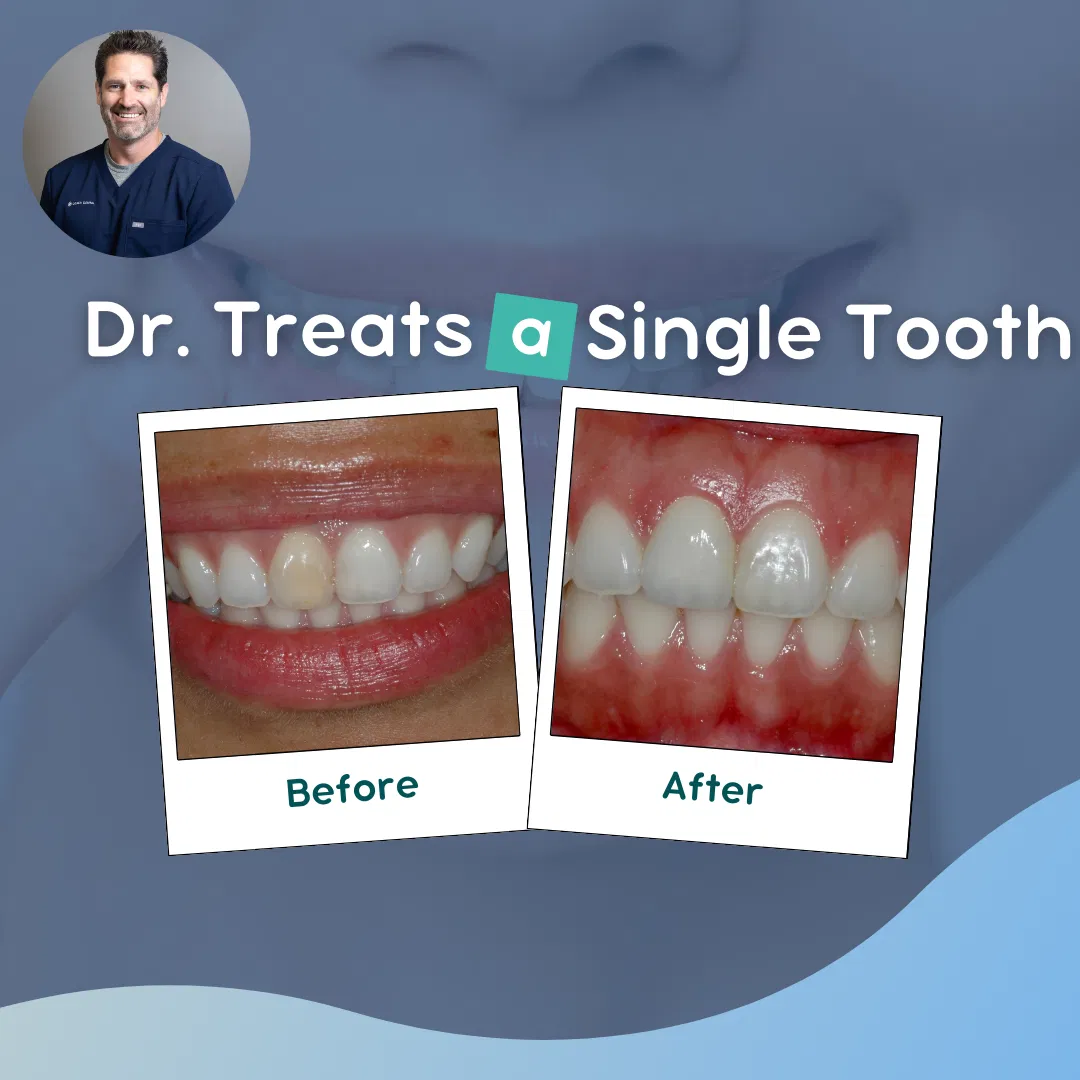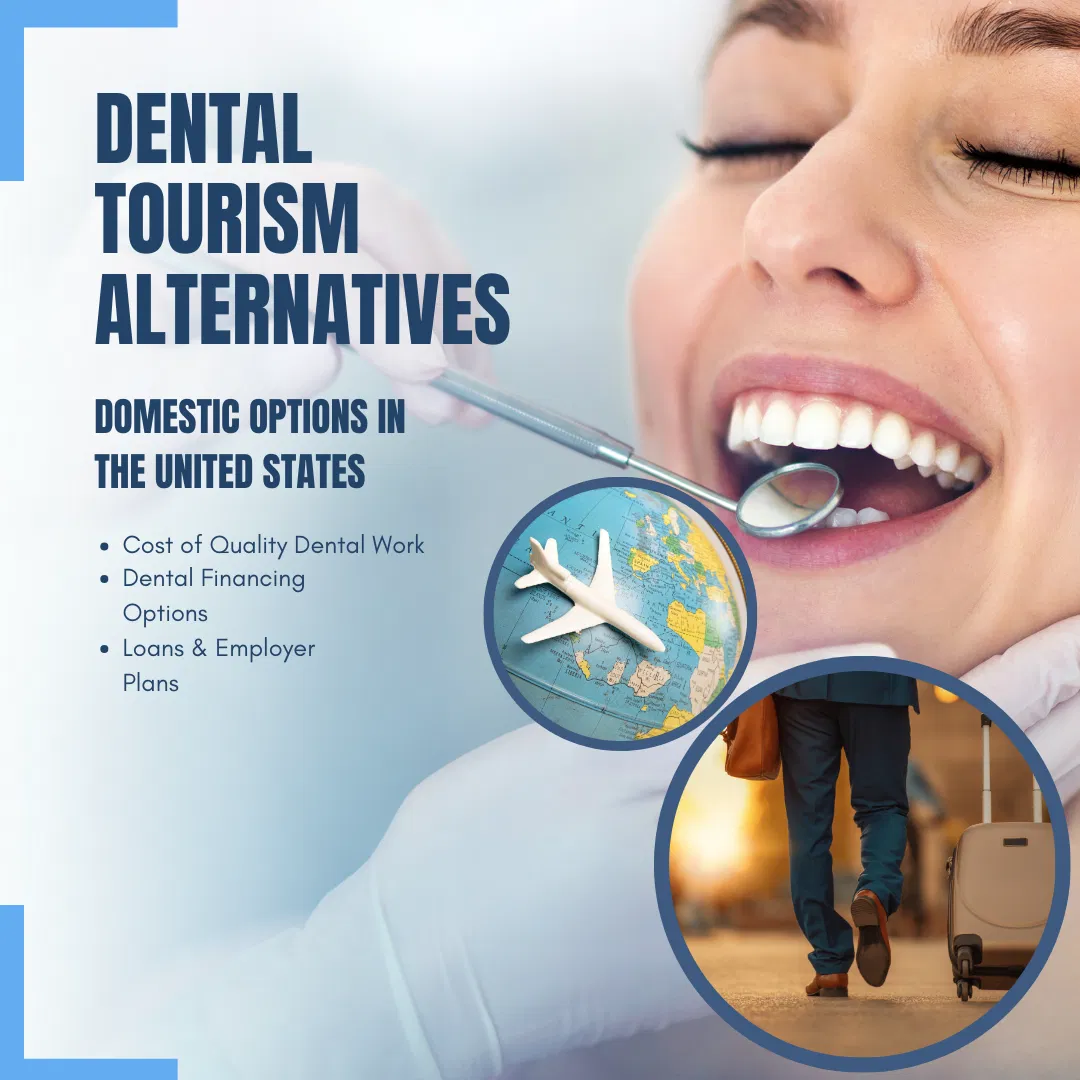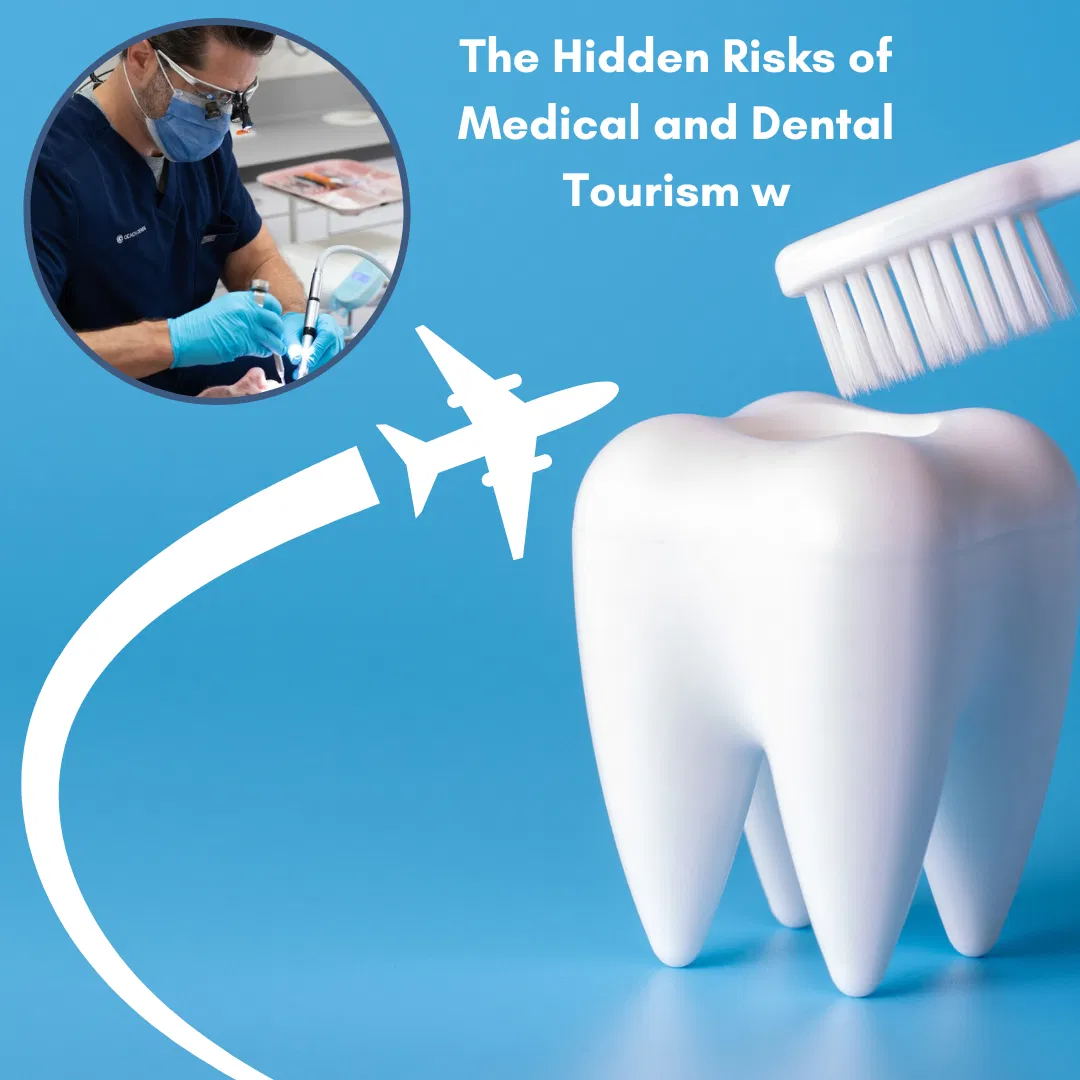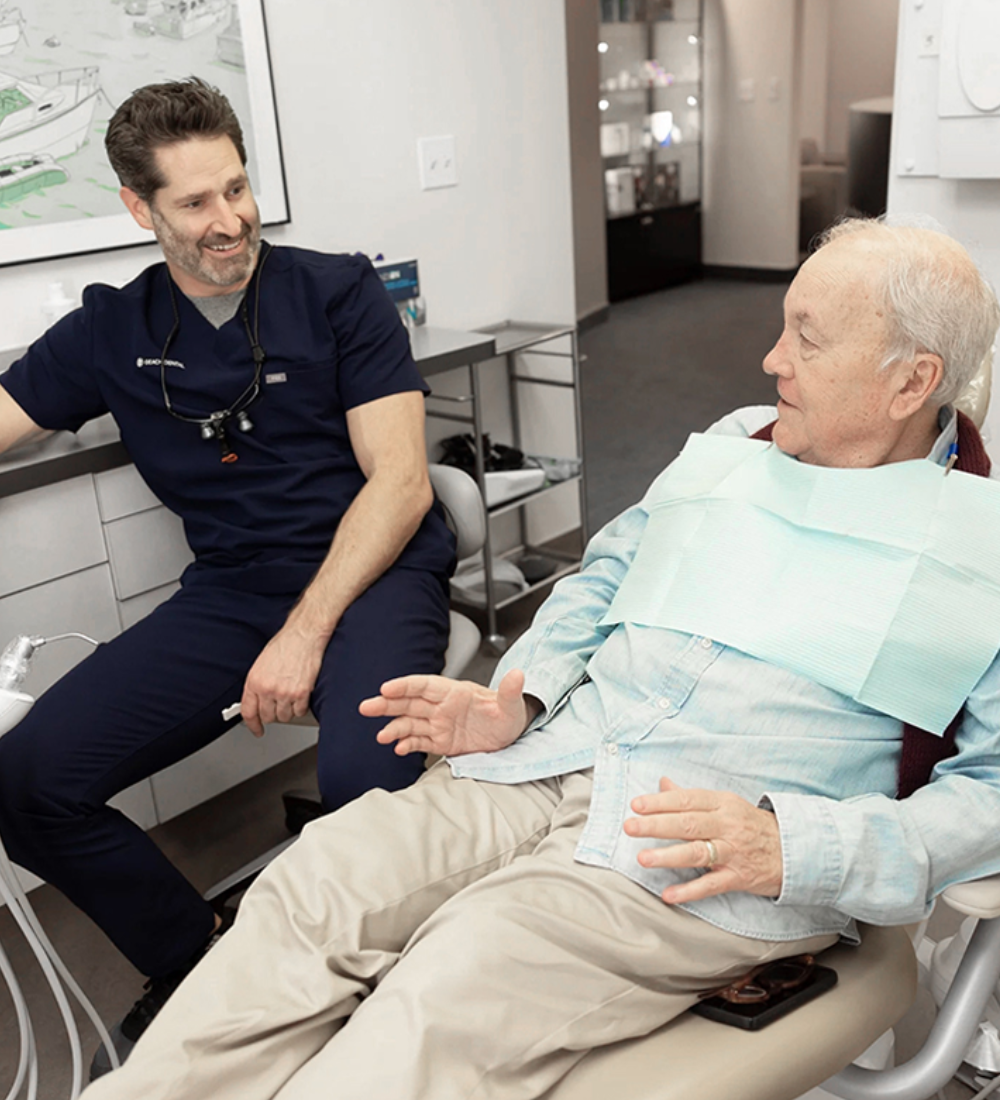In my daily work as a prosthodontist in downtown Los Angeles, I often come across cases that require a meticulous touch. One such common challenge is dealing with a single front tooth affected by discoloration due to trauma, an issue many people have encountered. It’s not about creating extravagant transformations; it’s about solving real problems with straightforward solutions.
In this article, I will take you through a real-life case, shedding light on the practical aspects of cosmetic dentistry. We’ll explore the steps in addressing a single tooth’s cosmetic issues, focusing on the subtle details that make all the difference. So, let’s dive into cosmetic dentistry, where everyday cases inspire our work, and our goal is to restore an attractive natural smile, one tooth at a time.

Cosmetic Treatment of a Single Front Tooth
Sometimes the most difficult dental cases involve precise shade matching of a single front tooth. For example, the case below shows a central incisor that is discolored due to trauma. Many of us have accidentally hit or experienced trauma to a front tooth at a young age and now the tooth may appear yellow or discolored. If the nerve in the tooth is healthy and vital, the best treatment is to simply place a veneer or crown over the tooth to mask the discoloration.

Matching a single veneer or crown to the adjacent tooth is extremely difficult. Many dentists will simply veneer both teeth to avoid difficulty matching the shade. I try to be as conservative as possible with these cases and only treat what is necessary. I also have the benefit of having an in-office dental ceramist and we are able to closely match a patient’s natural tooth characteristics. Matching to the existing natural tooth structure requires careful evaluation of the healthy adjacent tooth. Notice the bluish translucency of the incisal edge and how the light reflects from the irregular surface texture of the enamel.
With our close collaboration here in the office, the dental ceramist and I are able to communicate, plan and fabricate porcelain veneers or crowns that are unique to your natural tooth structure in Downtown Los Angeles or Laguna Niguel, Orange County. We are able to make modifications to achieve the closest match to your natural tooth.
Before

Conclusion
Although here at Geach Dental we often perform complex procedures and full-mouth restorations, there’s a quiet satisfaction in addressing the everyday concerns of our patients, one tooth at a time. We frequently witness how meticulous treatment can restore not just a tooth but also a person’s confidence – and that transforms their life!
If you’re dealing with a similar concern or have questions about single-tooth cosmetic treatments, don’t hesitate to reach out. Let us help you smile with confidence again.
Contact us today for a consultation in downtown Los Angeles or Laguna Niguel in Orange County, and take the first step toward restoring your confident and attractive smile!.
ABOUT THE AUTHOR: Meet Dr. Adam Geach, distinguished prosthodontics specialist and owner of Geach Dental. His dental education includes Harvard School of Dental Medicine and the University of Connecticut, where he earned a D.M.D. and an M.D.Sc. in Prosthodontics, respectively. Dr. Geach holds Diplomate status with the American Board of Prosthodontics, underscoring his exceptional expertise in dental care.
At his clinics in Los Angeles and Laguna Niguel, Dr. Geach offers a wide range of services, from cosmetic treatments to full-mouth reconstructions, all delivered with a focus on personalized patient care. Take the first step toward your ideal smile and improved oral health by clicking here.



